Dear reader, I know you must be asking yourself the same question. What could a commercial mechanical engineer be doing in the European Parliament? The answer is: a great many things.
“United in diversity” is the slogan of the European Union, and it can really be felt in the European Parliament, an intersection of diverse opinions, cultures and professional perspectives.
The idea of applying for a traineeship had long been on my mind. I had noticed various invitations on social media, published by several MEPs, but I had never found the courage to apply. Until I came across the vacancy with MEP Irena Joveva. A young, determined woman who stands up for her principles … Well, this is a person I would like to meet in person, I thought to myself. My finger continued to scroll down the screen and my mind wandered to an ideal world where every voice is heard and respected, irrespective of gender, race, nationality, or social class. In short, a world of equal opportunities.
As a woman in a “male” profession, I am often looked down upon: as a rookie – and a woman to boot – who certainly won’t boss them around, whose place is in the kitchen – I could write more, but I’d rather not. What doesn’t kill you makes you stronger, I try to console myself.
A few days later, I also receive an e-mail with an invitation to apply. That’s it, I think to myself. Why not? I draft a motivation letter and my CV, though being aware that as an engineer without formal education in political science my chances are close to zero. After a while I get a reply that I’ve “made it to the next round”. With a certain degree of suspicion, I look at my phone and analyse the message, OK, it isn’t spam. I draft two speeches on proposed policy issues as requested and wait again. I am invited to an interview, after which I shut down my computer, thinking: this was an interesting experience, nice people, and now back to reality.
People close to me know that I am a very self-critical person who likes to talk and is very down-to-earth. I see every opportunity as an experience from which I can learn. So I stop paying attention to the call for applications and focus instead on my master’s thesis, projects and other commitments. Life goes on… And then, a month later, a shock: I receive an e-mail with “congratulations, you have been selected as a trainee in our team”. “Yay! I’ll get to know Irena and her team, the mighty building of the European Parliament”, I imagine, while at the same time I fret about having to go abroad for two months all by myself.
I get my head straight and start preparing. I find an apartment, pack my bags and I’m off to Europe’s capital. All the way, I think about how I will be received – after all, I’m an outsider to “their profession” and the media often depict politicians as aloof, all-knowing and self-absorbed.
When I met Irena and her team, I quickly realised that I needn’t have worried – they are pleasant, smiling and open people. The European Parliament building is magnificent; endless corridors, meeting rooms…, even a shop, a post office, a hairdresser’s, a library and a dispensary – a real city in miniature. The Parliament is often compared to a maze, and not so much because of its complexity, but because it consists of multiple buildings and endless corridors. These can be somewhat chaotic, but they are well marked. Just as one solves a maze on paper by following the “right side only” or “left side only” rule, the Brussels maze is solved by following the “third floor” rule. This is the floor which connects all the Parliament buildings via glass or internal passageways.
When asked about my favourite spot in the Parliament, I answer without hesitation: it’s the glass dome, with its mighty metal structure (yes, engineers notice that too) and its magnificent view.
The Parliament is full of nooks dedicated to relaxing or socialising. Although it employs more than 8000 people, it does not feel overcrowded. Of course, when rushing from one room to another, you’re never alone, many people hurry from one meeting to another, with journalists often lining the corridors. Irena’s assistant advised: “Walk like you own the place!” And this advice proved to be very effective – thank you, Elma, I will definitely follow it in the future, too!
At this point, dear reader, you must be curious about the nature of my work there… I’ll explain!
The European Parliament is made up of 705 MEPs who, with the support of assistants, shape the future of EU citizens. Every MEP has assistants, and some of them – like Irena Joveva – give interested young people the opportunity to try their hand as a trainee.
It is varied and interesting; you meet new people, attend events, sessions and other meetings, and gain different perspectives on topical issues. Personally, I have most enjoyed attending working groups, following closely the debates in the Environment, Health and Food Safety (ENVI) and Culture and Education (CULT) Committees, noting down conclusions on the substance and studying acts in the field of industry and technology.
As someone who is passionate about development and innovation, the appointment of Iliana Ivanova as the Commissioner for Innovation, Research, Culture, Education, and Youth was particularly memorable. It was a privilege to be able to listen to the legendary Guy Verhofstadt speaking on the occasion of receiving the Lifetime Achievement award, and to the Belgian Prime Minister, Alexander De Croo.
The opportunity to guide groups of Slovenians around the Parliament during their visit or participation in the media freedom event was an equally one-of-a-kind experience.
MEP Joveva’s office is bustling with activity, and as a trainee, you are not pushed to the side. One has the opportunity to get involved, develop their potential and contribute to the common goal.
Off to France…
On “red weeks”, as they are commonly referred to, the entire Parliament goes to Strasbourg for a plenary session. Once you have mastered one maze, there is another to tackle. Here, the “third floor” rule does not apply, so navigating the building complex is a little more difficult, especially because of its curved design.
The Parliament in Strasbourg is beautiful; the greenery, the marble and the glass crossing over the river… It matches the charm of the city, which many describe as one of the most beautiful cities in France. To me, it feels like a compact city, akin to Ljubljana.
A week in Alsace goes by in a flash. Negotiations, agreements, votes… and the cycle repeats. Observing the typically chaotic voting session from above the MEPs’ heads is quite a unique experience. Despite today’s digital world, it is still done by show of hands, with the chairperson deciding the majority. When this is not clear (as is very often the case), votes are verified electronically, which makes the already lengthy plenaries take even longer.
Plenary weeks are extremely dynamic, but you mustn’t leave Strasbourg without tasting a traditional Alsatian pizza (flammkuchen), taking a stroll around the city and consequently ending up with a gallery full of photos.
After a red week, a return to Brussels – the capital of the Kingdom of Belgium.
Baroque and Gothic architecture blended with the post-modern building style of the European institutions and numerous green spaces. The Manneken Pis statue as a satire of humanity. The Royal Gallery of St. Hubert – one of the oldest covered galleries in Europe and comic murals along the streets. The Grand Place, which is closely intertwined with the city and was even lit up in pink in October. The metal and glass structure of Old England (now the Musical Instruments Museum), the Royal Palace and the Royal Park with its bronze statues of cats. The Atomium – a metal sculpture erected for the Expo. The Cinquantenaire, a large park with arcades, numerous museums… All this is Brussels.
The settlement in the marshes (which was the meaning of the original name of Brussels) surprises at every turn, one just needs to observe. People often say; “Pah, you can walk round Brussels in a day”. Yes, you can, but do you really see it? Even after walking round it for two months, one always comes across something new, whether it’s architecture you missed the day before or street art. Which is there in abundance, and what’s even better – the artists are great. Singers, dancers, ball artists… The talent pool is diverse.
Being an engineer, it would be remiss of me not to mention Autoworld, the renowned car museum. The world of cars is where you can get lost in the splendour of four-wheeled masterpieces and forget about time altogether. It displays carriages, Ford’s Model T (the first mass-produced car) and modern luxury vehicles.
Another interesting fact. Were you aware of how the gentry in past centuries dealt with bumpy carriage rides without modern metal suspension? Well, visit the museum and search for the answer. To give you a hint: leather.
When visiting Brussels, one simply must try traditional Belgian waffles, chocolate and French fries. As to the latter, in Angela Merkel’s opinion, you will get the best at the Jourdan Square near the Parliament, next to Leopold Park. I checked it out and it’s really delicious.
Andreja, is Brussels safe?
That’s a difficult one. It is and it isn’t. I prefer to stick to the “better safe than sorry” rule and avoid unpleasant areas.
During my traineeship, there was a significant escalation in the Israeli-Palestinian situation, so it was not unusual to encounter a group of protesters. I support the free expression of will, but I do not support the scenes that I witnessed during my Sunday walk in the Cinquantenaire Park. A march in support of Palestine, which many families joined. On one side, children waved flags and mothers pushed their strollers, while on the other side, there were loud chants, pyrotechnics, and a police helicopter flying overhead. It is a scene you never forget.
I have also experienced first-hand the parliamentary security system. In the wake of the tragedy of 17 October, the Parliament in Brussels activated the orange security alert, recommending that staff work from home for the rest of the week. Inside Parliament, security is taken care of, but outside, one should avoid narrow, dark streets and areas around the main public transport stations.
Time to say goodbye…
Time flies, and this is a phrase that I became acutely aware of in Brussels. Two months passed in a flash, and my adventure came to an end. All good things come to an end, and everything must come to an end so that something else can begin. Maybe the end of this story is the start of a new, even bigger one – who knows?
“What now?” asked assistant Rok at the farewell lunch. Hmmm… a PhD, new projects and new challenges. What brings an engineer to the European Parliament? The pursuit of challenges.
Life without challenges is boring!
Thank you #teamJoveva, you are great, with feet firmly on the ground. With people like you, I needn’t worry about the future of the EU. Thank you, Elma, for all the encouraging words, for introducing me to the Parliament and for the time together. Žana, you know well enough how I always enjoyed debating with you. And thank you, Rok, for placing your confidence in my work on STEP (Strategic Technologies for Europe Platform) and the Net-Zero Industry Act.
Thank you also to local assistants Jasna and Samanta: Who would have thought that an engineer would dare take a peek into the world of social media, edit video content and have fun while doing it? Every field is a challenge to be embraced with open arms and an opportunity to broaden our horizons.
My biggest thank you, of course, goes to MEP Irena Joveva. I am grateful that you changed my perspective on politics, showing me that not everything is as the media portray it. Thank you for encouraging women, young people. For being down-to-earth, unpretentious and approachable. A person with a capital letter P who acts the same while having a simple lunch with a trainee and in a meeting room with “important” people. And thank you for, you know, giving an opportunity to an engineer.
“Don’t let them get to you!” Truly, Irena, I won’t! You managed to success as a “rookie from journalism”, and I hope that the “rookie from engineering” can do the same. It is time for Slovenia to form its opinion in the field of industry and technology.
I’m including a photo from the women’s empowerment exhibition to inspire all girls (especially in STEM) and remind them that we can do it. We “greenhorns” can co-shape the world!
– Andreja Kumer

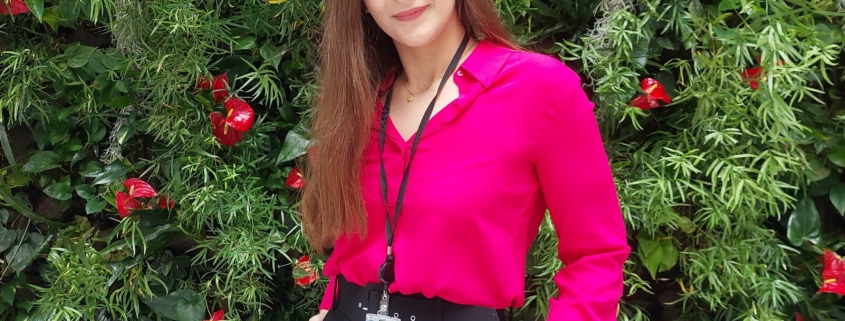
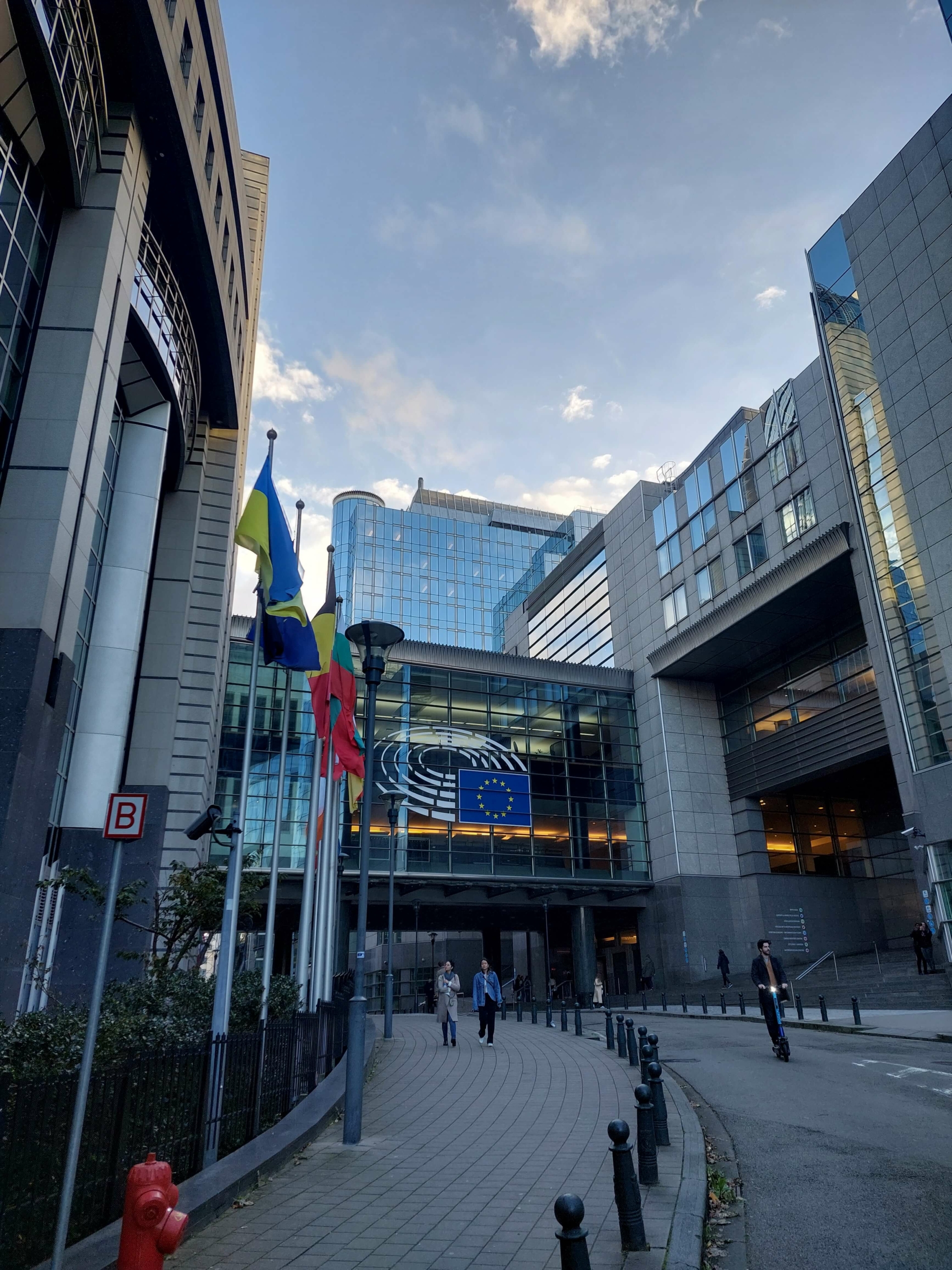
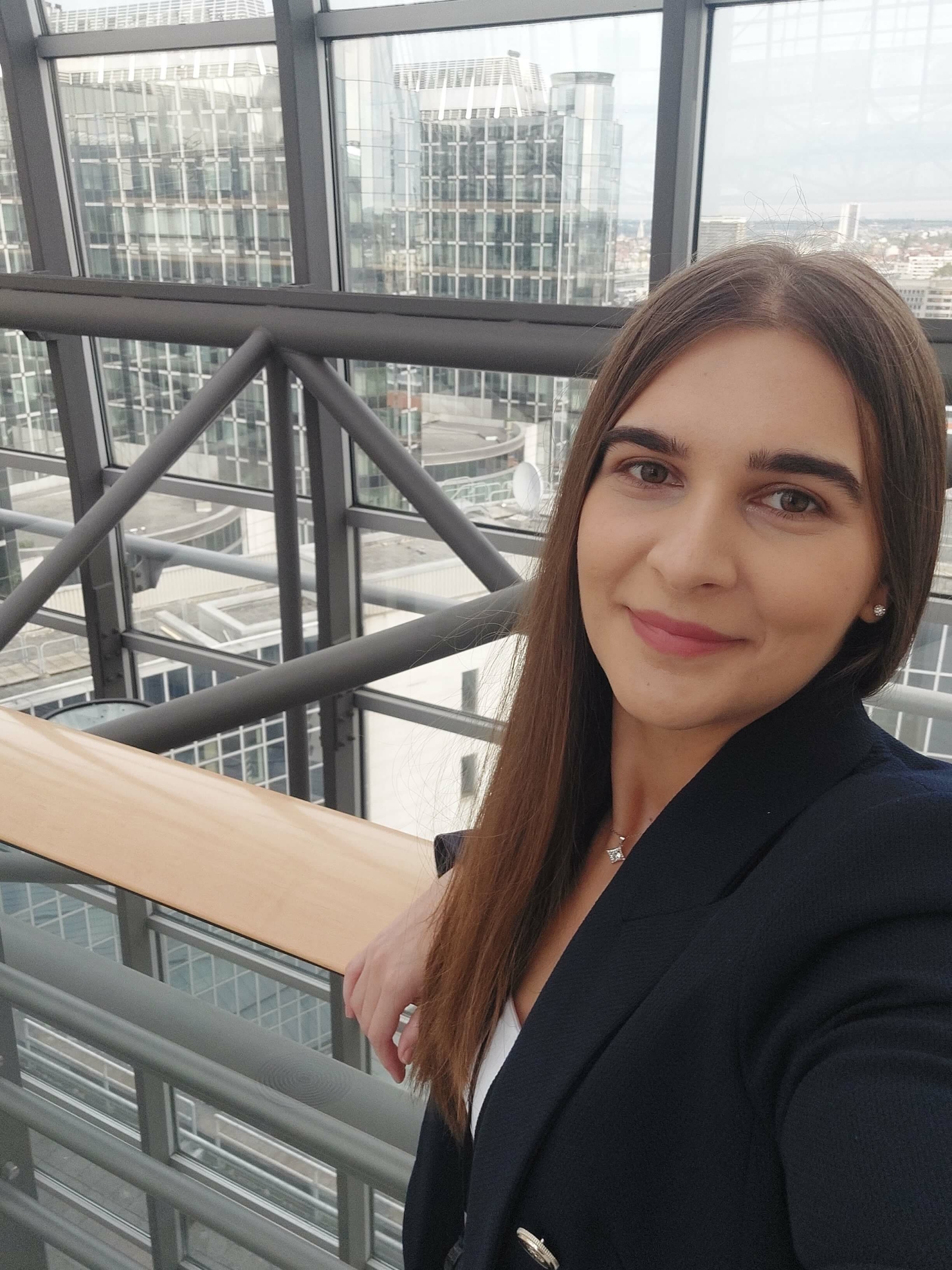
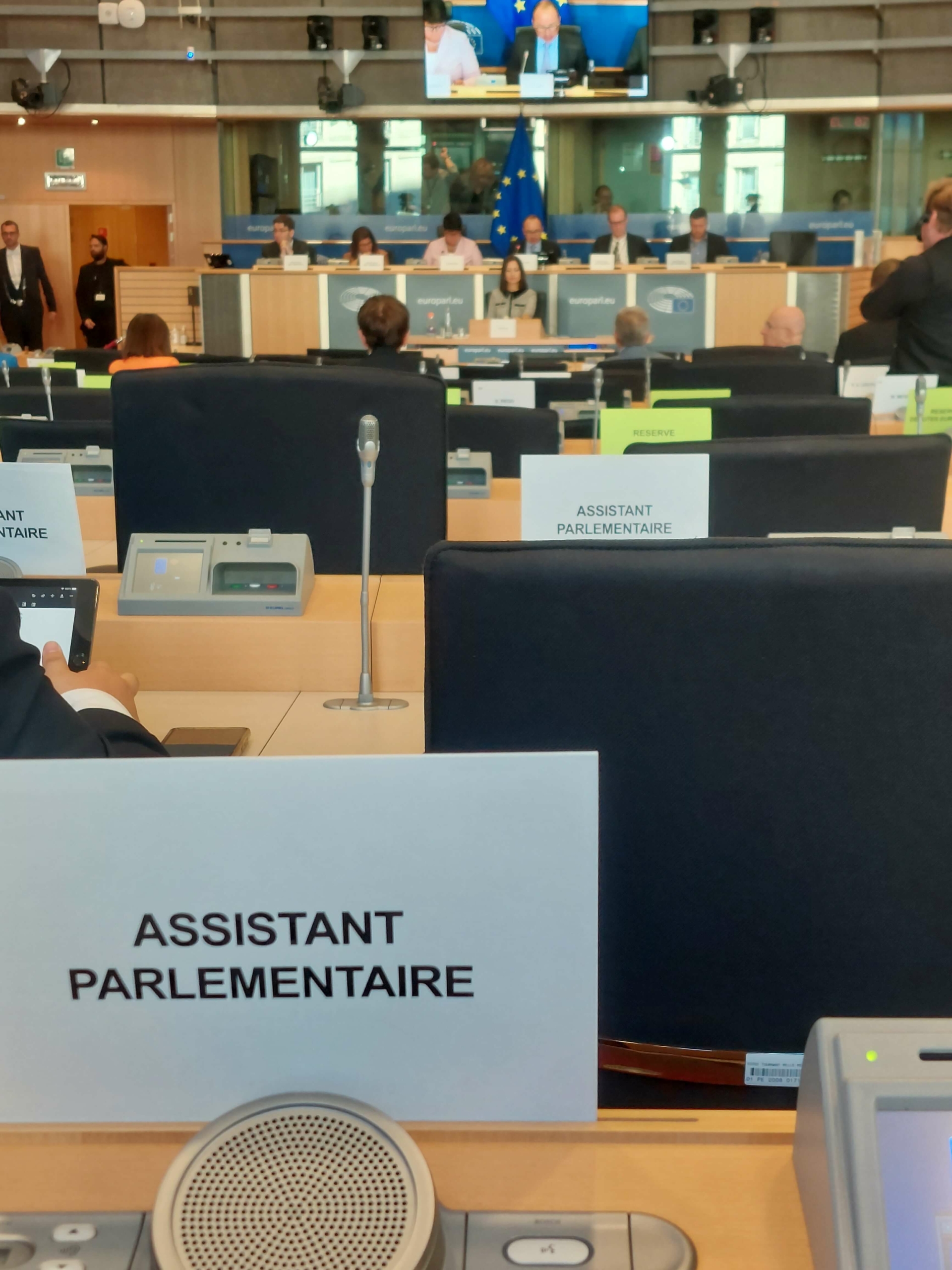
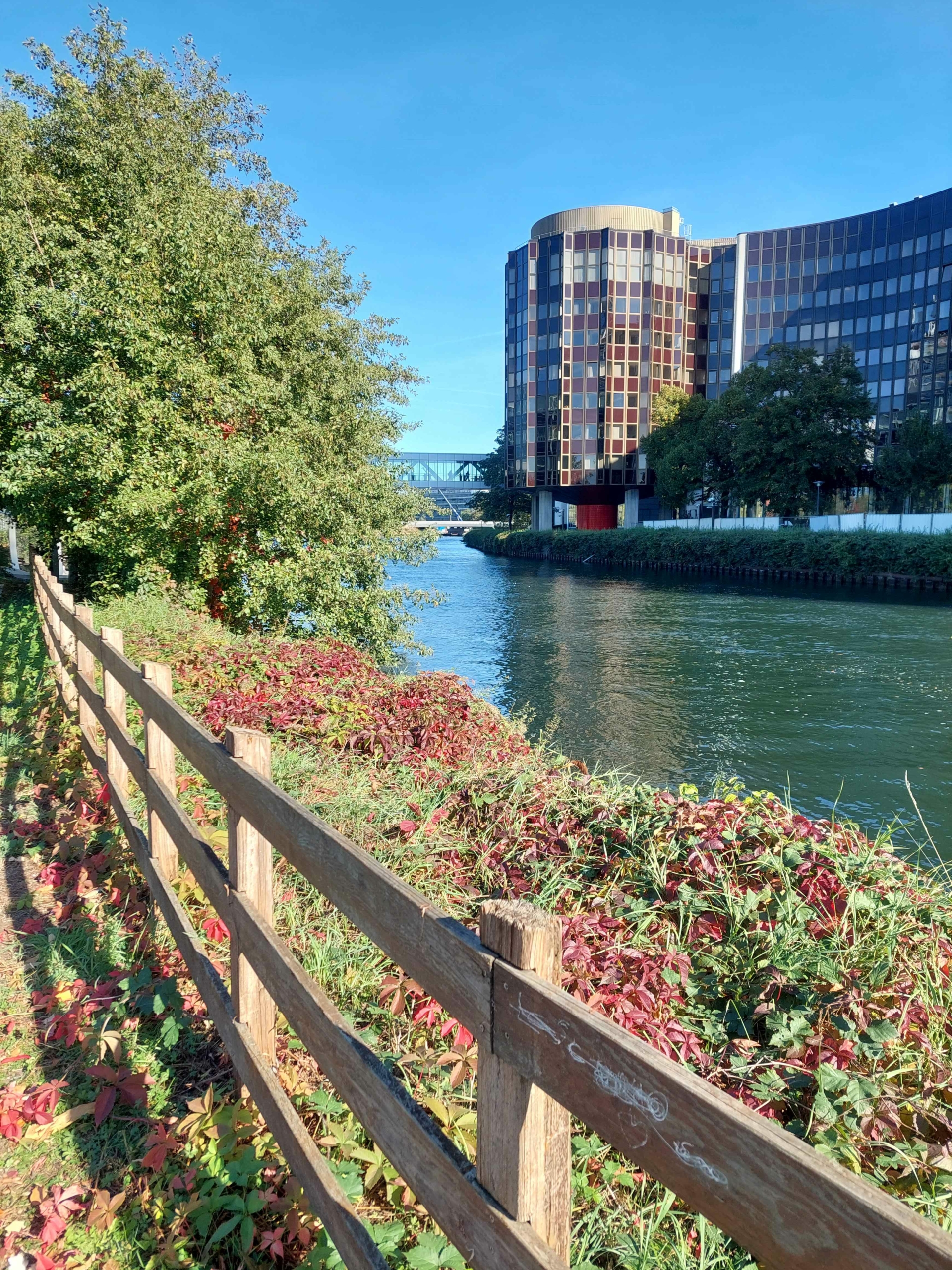
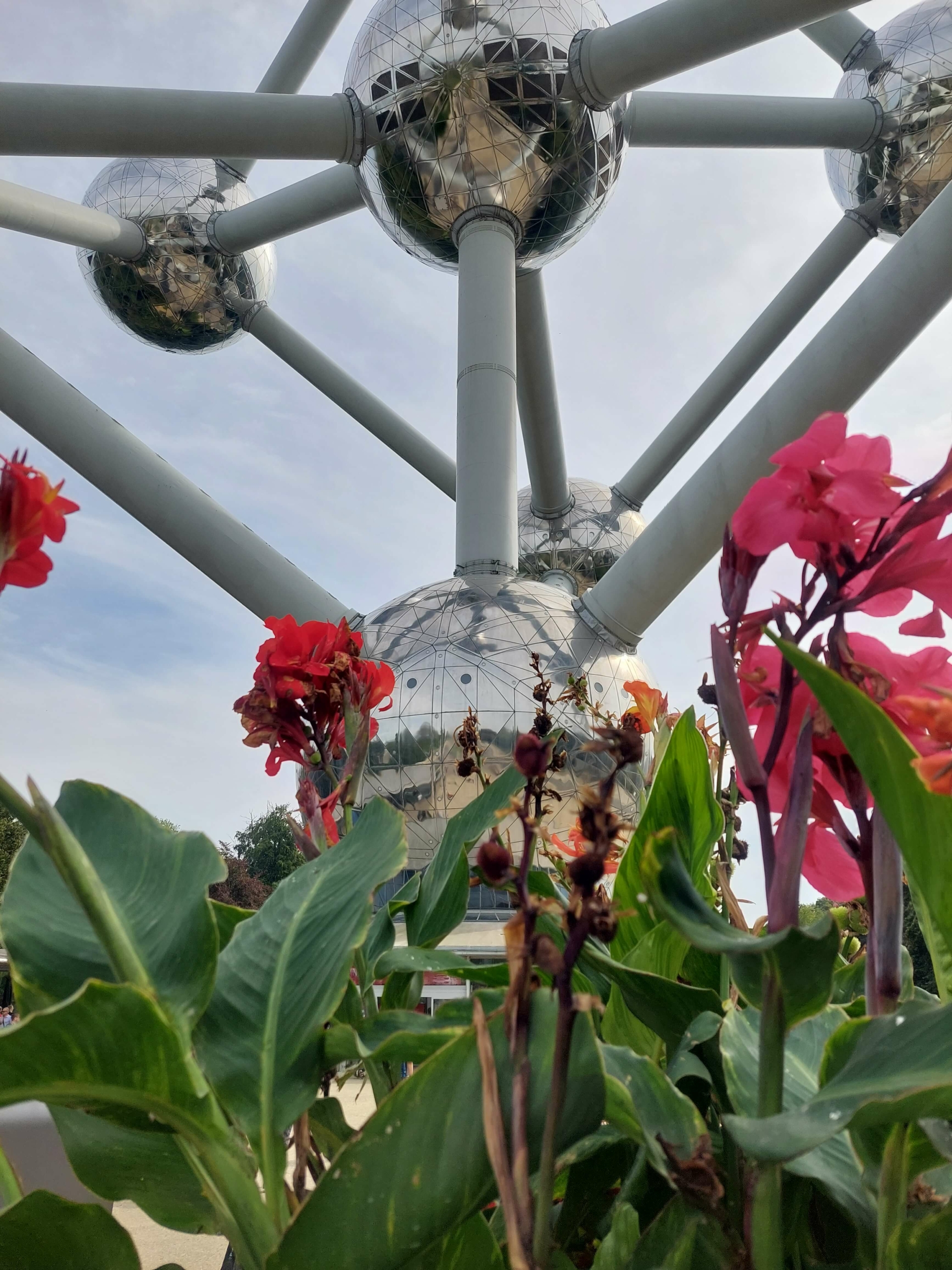
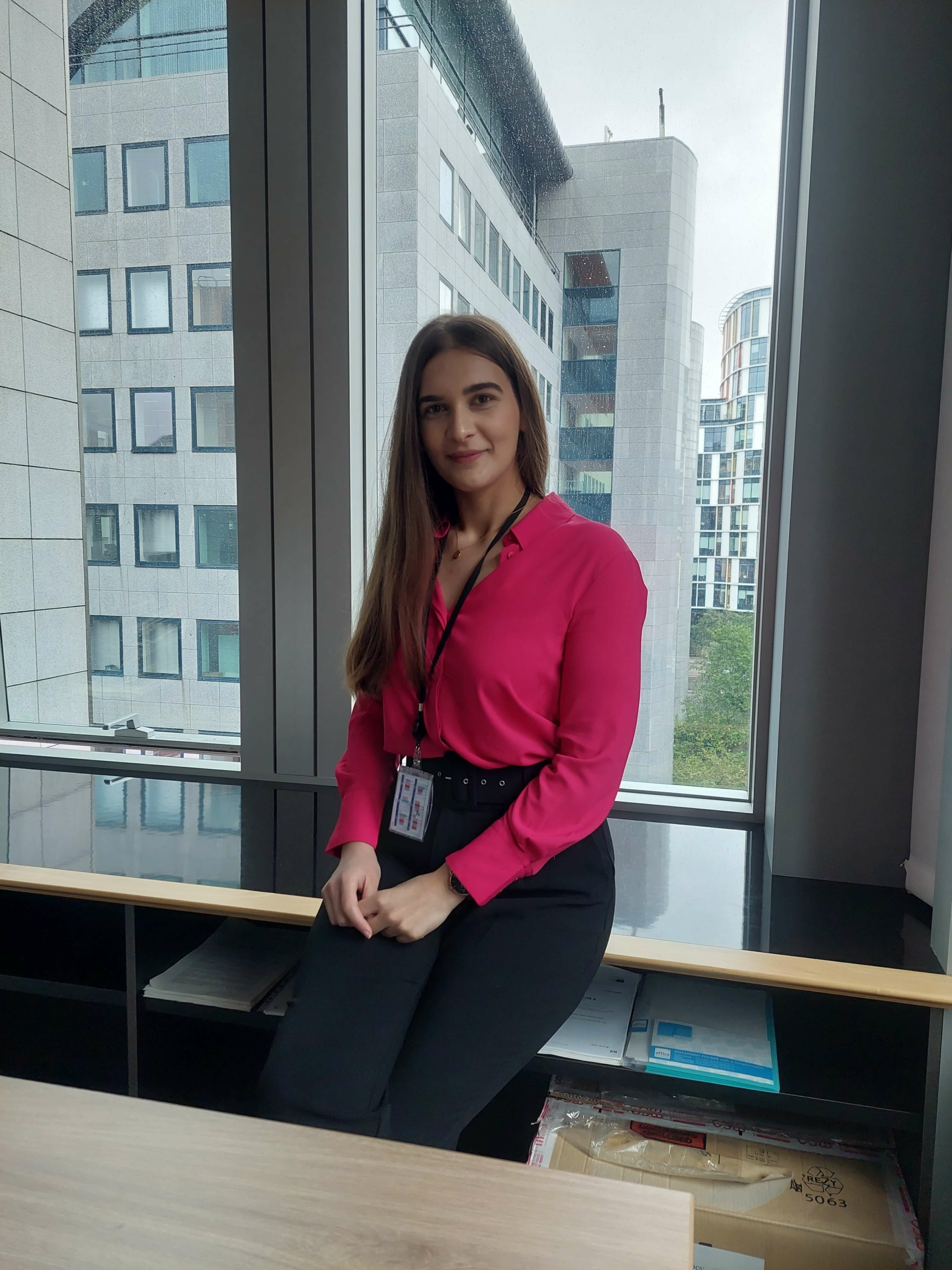
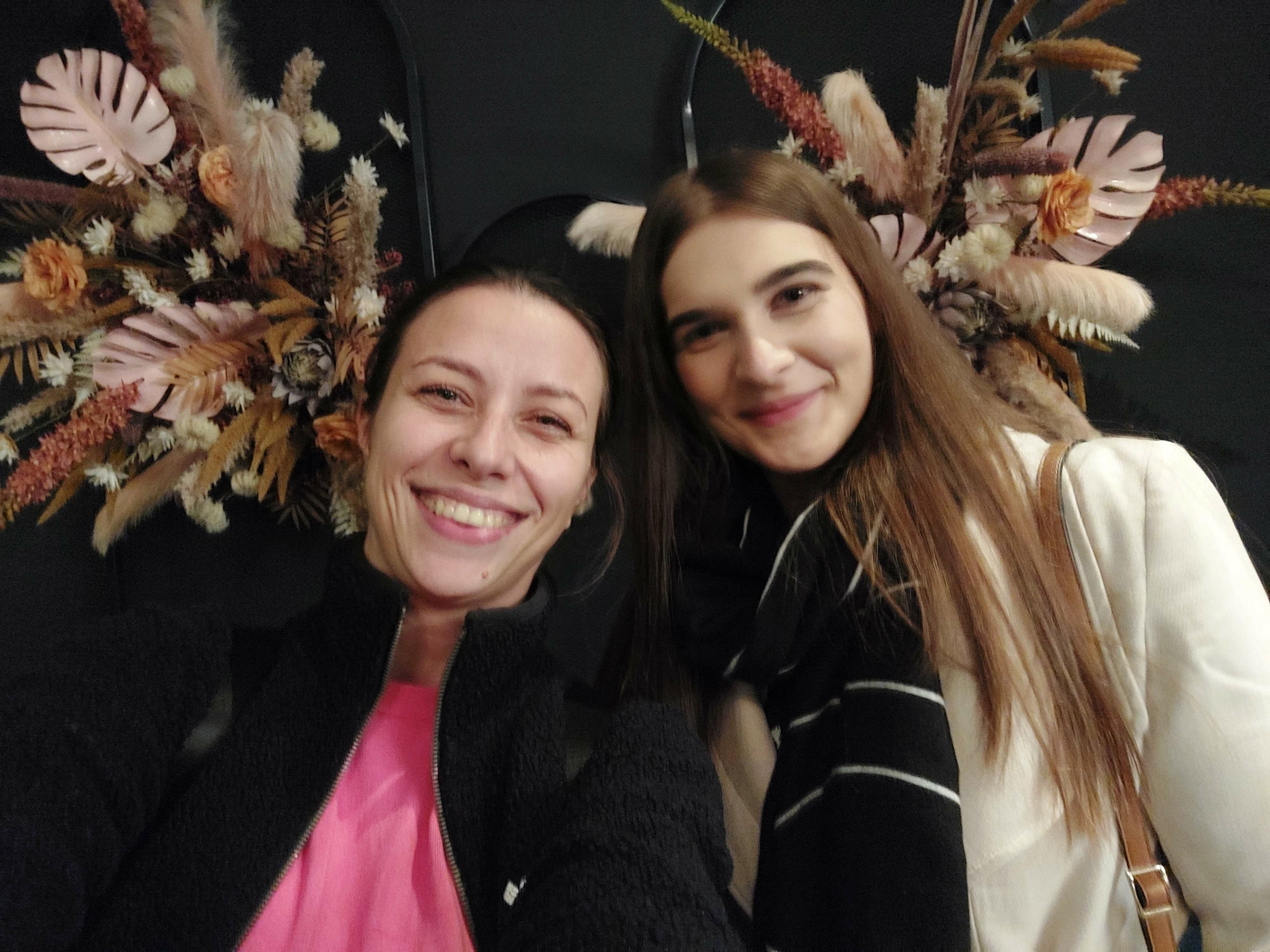
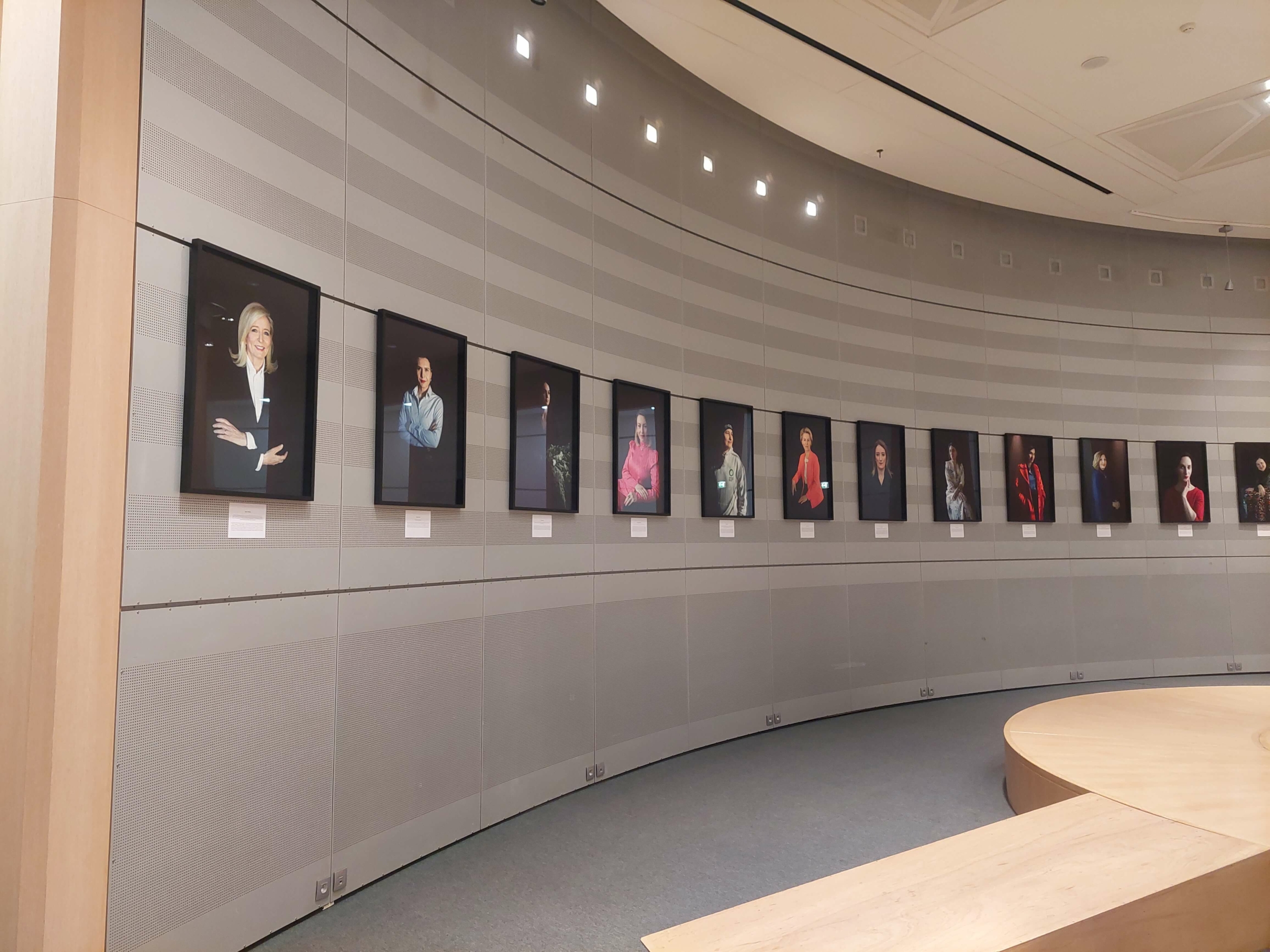
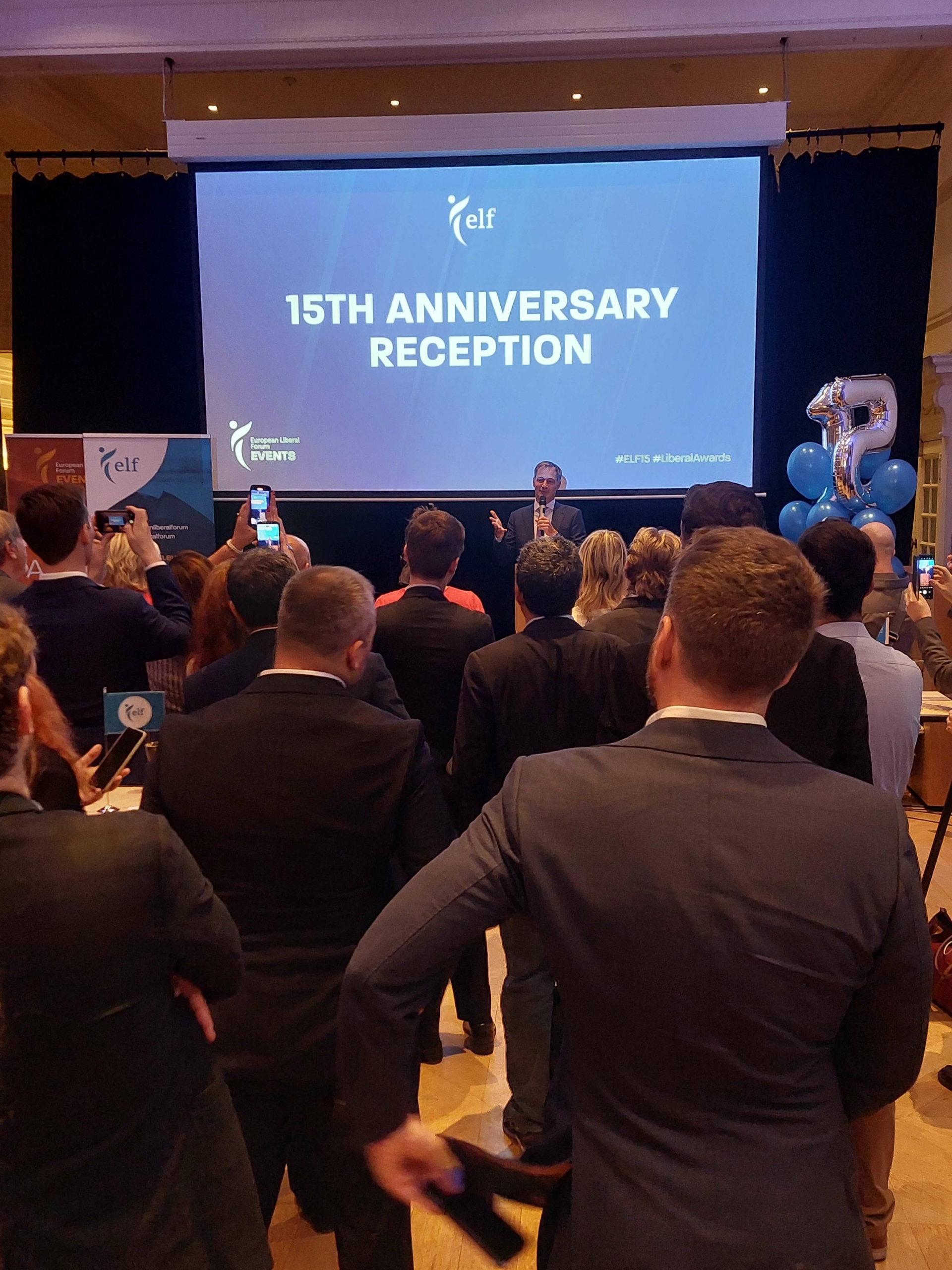


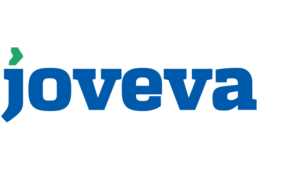
Leave a Reply
Want to join the discussion?Feel free to contribute!